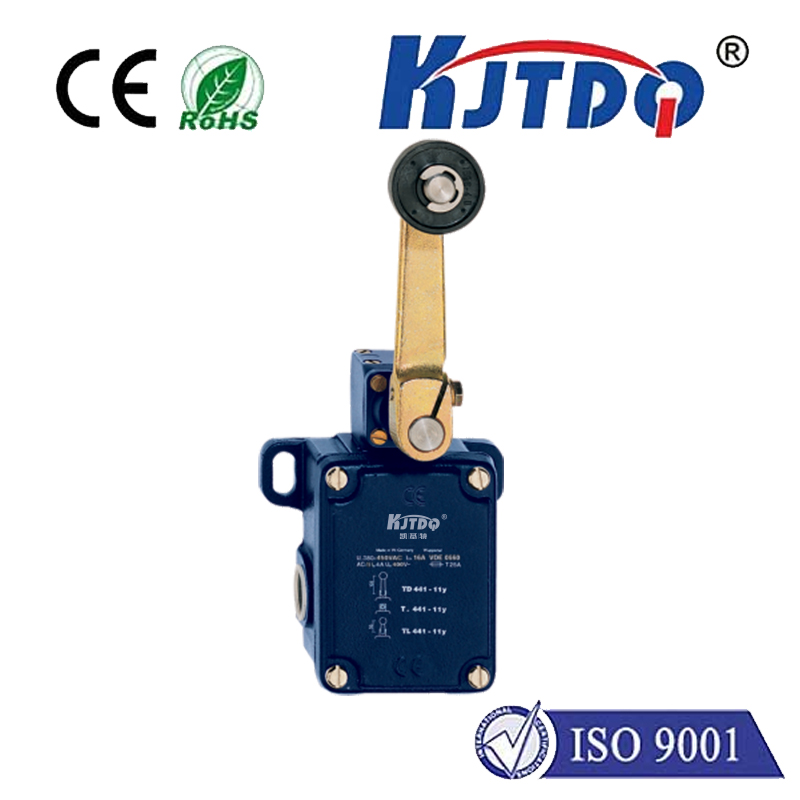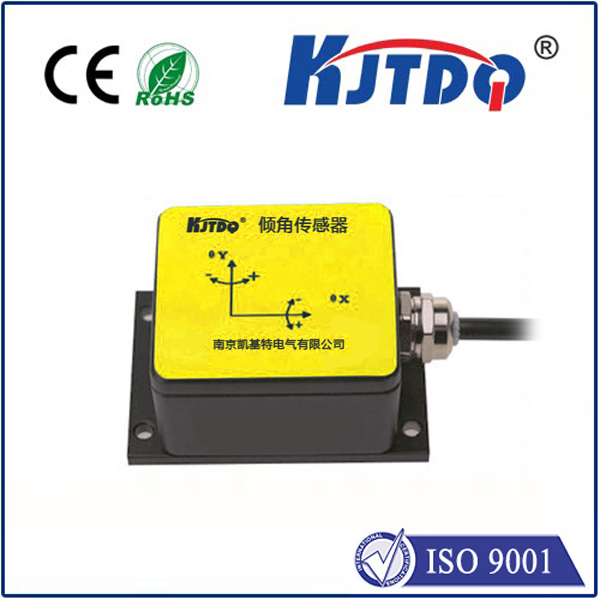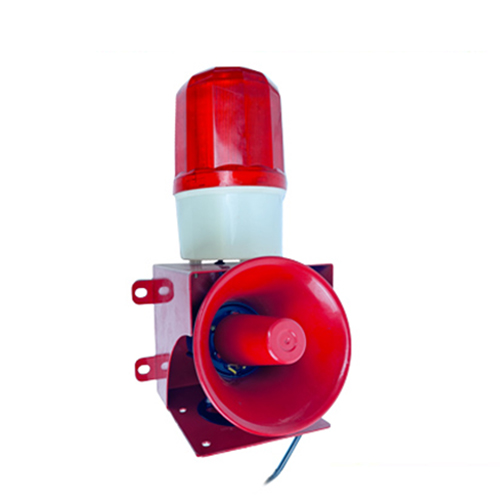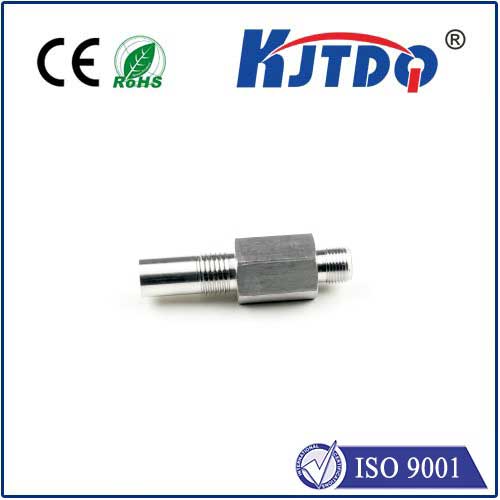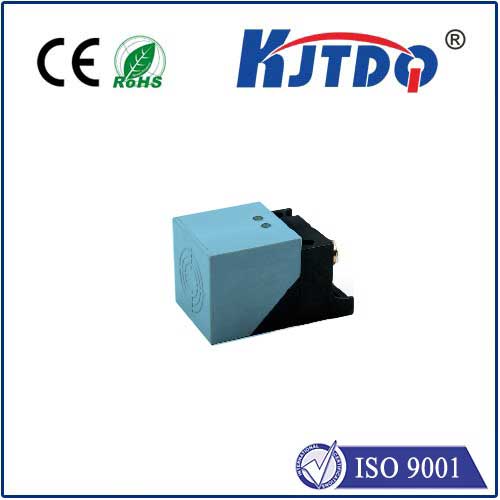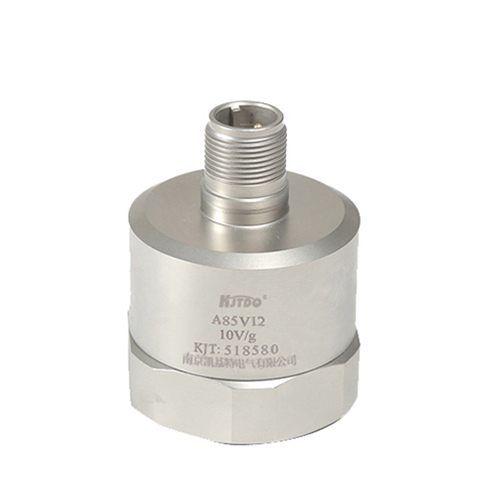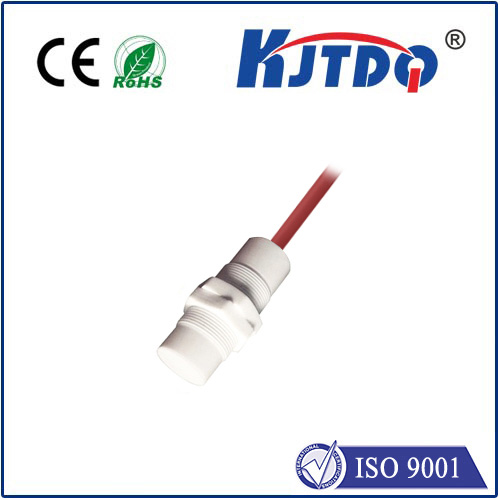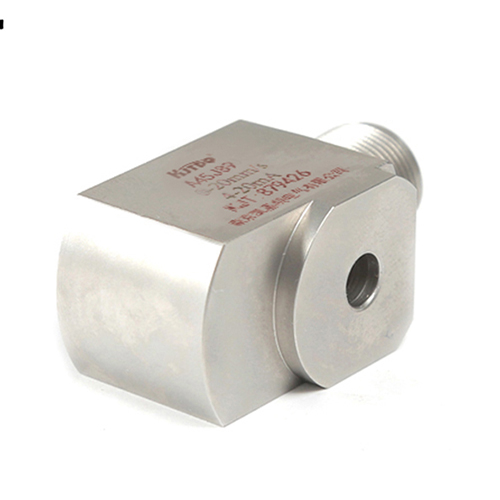eddy current proximity sensor
- time:2025-09-08 14:01:25
- Нажмите:0
Eddy Eddy Everywhere: Decoding the Power of Eddy Current Proximity Sensors
Imagine a world where machines operate silently, precisely, and reliably without physical touch. Where detecting the position of a spinning metal shaft, verifying the presence of a critical component, or measuring minute vibrations happens seamlessly, immune to grime, oil, or extreme temperatures. This isn’t science fiction; it’s the everyday reality enabled by eddy current proximity sensors. These remarkable workhorses of industrial automation harness fundamental electromagnetic principles to deliver non-contact sensing solutions where others falter. Let’s delve into how they work, why they’re indispensable, and where they shine.
The Magnetic Heart of the Matter: How Eddy Current Sensors Operate
At its core, an eddy current proximity sensor operates on the principle of electromagnetic induction. Here’s the breakdown:
- Generating the Field: Inside the sensor’s active face resides a coil of fine wire. When energized with a high-frequency alternating current (typically ranging from 100 kHz to several MHz), this coil generates a rapidly oscillating magnetic field that projects outward from the sensor face.
- Inducing Eddy Currents: When a conductive target material (most commonly metals like steel, aluminum, copper, or brass) moves into this magnetic field, something fascinating happens. According to Faraday’s Law of Induction, the changing magnetic field induces swirling circular electric currents – eddy currents – within the surface layer of the target material. These eddy currents flow in planes perpendicular to the magnetic field.
- Opposing the Source: Lenz’s Law tells us that these induced eddy currents generate their own magnetic field, one that opposes the original magnetic field produced by the sensor coil.
- Detecting the Change: This opposition effectively loads the sensor’s coil. It alters the coil’s effective impedance (a combination of its resistance and inductive reactance). Crucially, the magnitude of this impedance change is directly related to the distance between the sensor face and the target. As the target gets closer, the eddy current effect intensifies, causing a greater change in the coil’s characteristics.
- Signal Processing: Sophisticated electronics within the sensor housing continuously monitor the coil’s impedance (often indirectly through the amplitude of an oscillator circuit). When the change reaches a pre-determined threshold – corresponding to a specific target distance known as the sensing range – the sensor’s output signal switches state. This output is typically a clean DC voltage (analog sensors) or a simple ON/OFF switch (digital sensors). Crucially, only conductive materials induce this effect, making the sensor inherently immune to non-conductive contaminants.
Why Choose Eddy Current? The Compelling Advantages

The unique operating principle translates into significant operational benefits that make these sensors ideal for demanding industrial environments:
- Robust Non-Contact Operation: The complete absence of physical contact eliminates mechanical wear and tear, ensuring exceptionally long service life. There’s nothing to physically break down from repeated actuations.
- Immunity to Contaminants: Unlike optical sensors, eddy current probes couldn’t care less about dust, dirt, oil, grease, moisture, or even opaque liquids (provided they are non-conductive) between the sensor and the target. They sense through these common industrial nuisances. This makes them highly reliable in foundries, machine tools, hydraulic systems, and dirty workshops.
- High Resolution and Repeatability: Capable of detecting minute changes in position – often down to micrometer levels. This high resolution, combined with excellent short-term and long-term repeatability, makes them perfect for precision measurement tasks like runout monitoring, vibration analysis, and gap detection.
- Exceptional Speed: The underlying electromagnetic effect is extremely fast. Eddy current sensors can reliably detect targets moving at high speeds or measure rapid vibrations (kHz ranges), outpacing many other sensing technologies.
- Wide Temperature Tolerance: Engineered to perform reliably across a broad temperature range (commonly -40°C to +150°C or higher, depending on the model), often without needing special cooling, making them suitable for harsh foundry environments, cryogenics, or engine compartments.
- Target Material Sensitivity: While primarily for metals, sensitivity varies based on the target material’s conductivity and magnetic permeability. Ferromagnetic materials (like steel) generally induce stronger effects at equivalent distances than non-ferromagnetic metals (like aluminum or copper). Sensor specifications often list correction factors for different materials, crucial for precise distance measurement applications.
Where Eddy Current Sensors Reign Supreme: Key Applications
The unique blend of non-contact operation, ruggedness, and precision makes eddy current proximity sensors the go-to solution in countless scenarios:
- Vibration Monitoring: Continuously measuring shaft displacement or vibration amplitude in turbines, motors, pumps, and compressors for predictive maintenance; detecting imbalance or bearing wear before catastrophic failure. Their ability to handle high temperatures and oily environments is critical here.
- Position & Displacement Measurement: Precisely determining the position of pistons, valves, spindles, or metal components in automation lines, robotics, and semiconductor manufacturing. Analog-output variants provide continuous distance data.
- Rotational Speed & RPM Sensing: Counting gear teeth, detecting keyways on shafts, or monitoring turbine blade passage for accurate speed measurement and overspeed protection.
- Presence/Absence Detection: Verifying the presence of metal parts on assembly lines, confirming correct placement of components, or checking for missing fasteners (part verification).
- Runout & Eccentricity Detection: Measuring the wobble or deviation from true circular rotation of rotating shafts or disks with high precision.
- Thickness Measurement: Precisely gauging the thickness of non-conductive coatings (paint, anodizing) or conductive films on conductive substrates by precisely measuring the distance to the underlying metal base.
- Condition Monitoring: Detecting cracks or flaws in conductive materials (e.g., aircraft skins, pipes) based on how they disturb the induced eddy current patterns (though this often uses dedicated specialized probes).
Choosing Your Partner: Considerations for Selection
Selecting the right eddy current sensor involves understanding your application’s specific needs:
- Target Material: What metal are you sensing? This impacts the sensing range and potential need for calibration factors.
- Required Sensing Range (Sn): The nominal distance at which the sensor reliably switches. Choose a sensor with a range exceeding your actual working distance.
- Mounting & Size Constraints: Probes come in various threaded barrels (M3 to M30+) or rectangular/cubic housings. Ensure physical fit.
- Operating Environment: Consider ambient temperature, exposure to chemicals, potential for physical impact (ruggedness requirement), and required ingress protection (IP rating).
- Output Type Needed: Simple ON/OFF (digital) switch? Or a continuous analog signal (voltage or current, e.g., 0-10V, 4-20mA) proportional to distance for measurement?
- Resolution & Frequency Response: For high-speed or micro-precision applications, check the sensor’s specified resolution and maximum usable frequency.
- Electrical Requirements: Supply voltage (commonly 10-30 V DC) and output current capability.
The Unseen Force Driving Reliability
Eddy current proximity sensors are a testament to the elegant application of physics. By transforming the interaction between a magnetic field and a conductive target into a reliable signal, they solve complex sensing challenges in the most demanding environments. Their **non

